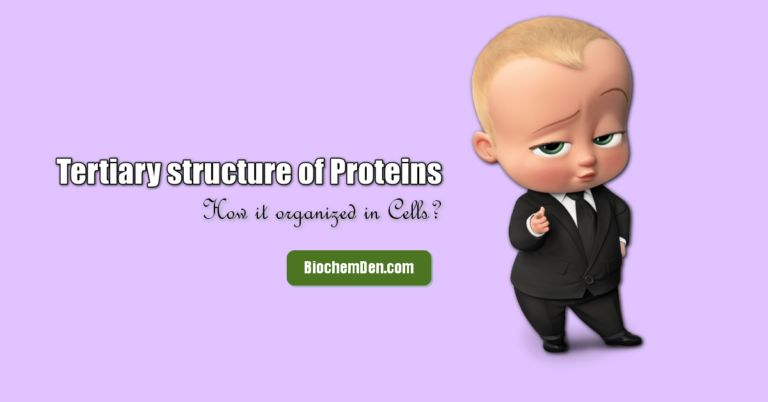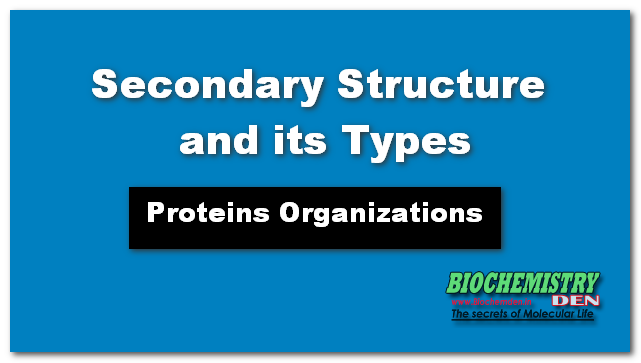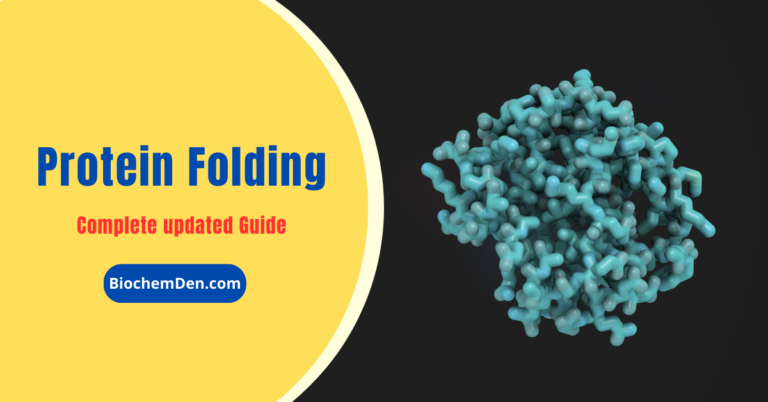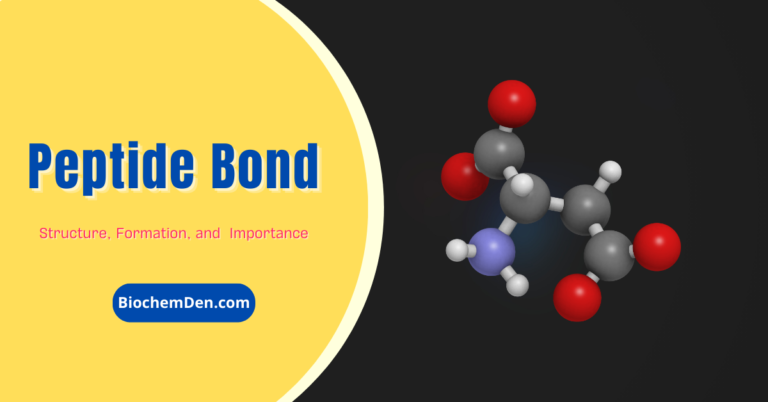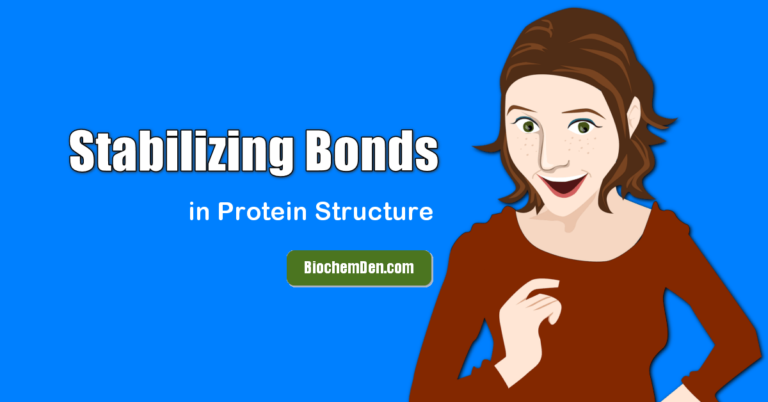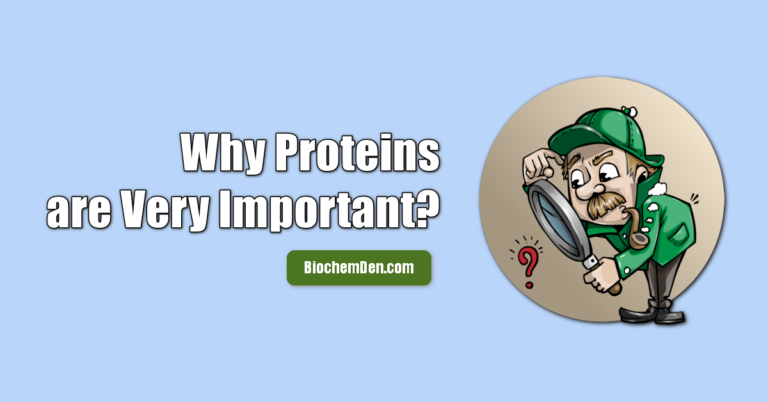The peptide bond , strong, is responsible. It has adjacent atoms in the same plane where the fact that it is coplanar and Linear molecule. It has a partial double bond character of resonance between two forms. This confers it an almost full strength. The rotations are absent and there are two possible conformations for binding:. Cis or trans This is the trans conformation which is observed as energetically favored. Rotational movements are possible between the α carbon and N and between the α carbon and C.
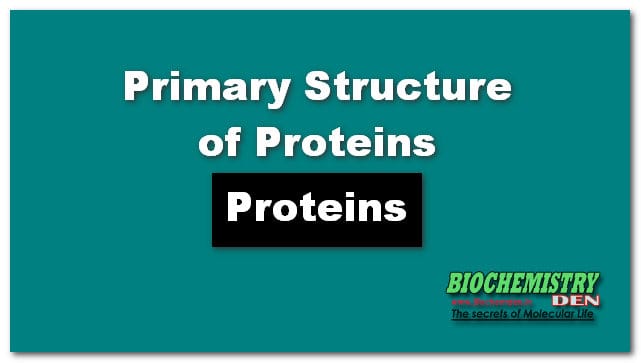
polypeptides are unbranched polymers, so their primary structure can often be specified by the sequence of amino acids along their backbone. However, proteins can become cross-linked, most commonly by disulfide bonds, and the primary structure also requires specifying the cross-linking atoms, e.g., specifying the cysteines involved in the protein’s disulfide bonds. Other crosslinks include desmosine.
 Proteins are polypeptides made from 20 different monomers.
Proteins are polypeptides made from 20 different monomers.- On average contain 100-400 monomers.
- Each monomer has an approximate molecular mass of 110.
It is therefore easy to understand that the axial skeleton is non-specific protein but it is a common structure. Which gives its identity to a protein is the set of side chains of the proteinogenic amino acids the component. This set is the signature of the protein.
The Primary Structure:
Monomers –> Polymers
- Amino Acids form peptide bonds (from the carboxylic acid group on one to the amine group on another). This releases water in a condensation reaction. The location of the peptide bond (C-N) is shown below outlined in RED.

- When reading a sequence of Amino Acids in a protein, start at the Amino terminus (NH2 end) and read to the Carboxyl terminus at the other (COOH).
- The sequence of amino acids is known as the primary structure of a protein.
The amino acids in chains and proteins can be post-translationally modified – Eg, disulphide bridges can form between cysteine residues.
Discover more from Biochemistry Den
Subscribe to get the latest posts sent to your email.

 Proteins are polypeptides made from 20 different monomers.
Proteins are polypeptides made from 20 different monomers.